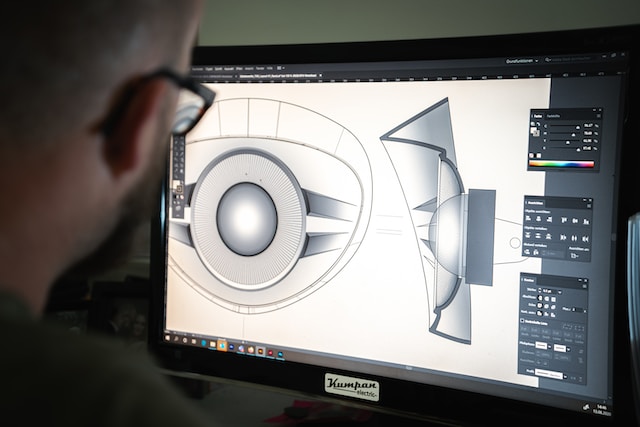The Autodesk Revit software allows users to create models of buildings and infrastructure. It uses interdependent parametric building elements like walls, floors, and ceilings. It allows each element to be modeled and manipulated, but any change in one automatically updates other views. These elements are grouped into categories and families. Each family is then divided into a type and instances.
Views
Autodesk, the maker of Revit, has a whole section on its website dedicated to tutorials for this software. There is Revit training Miami has various online and physical video tutorials on everything related to this program. Revit allows you to create views based on templates to make the design process faster and more efficient. It allows for consistency between different projects and helps to meet a company’s specific standards. Change representational colors to standard colors across all elements. It can be done through the Visibility Graphics settings. It will override projection lines to a dull gray or easily recognizable color.
Grids
If a grid line is not perpendicular to a view, it will not display in the view. It includes section lines and arcs. Revit uses a system of elements to model buildings and other structures. These elements are categorized as Group, Family, and Type. A family is a parametric model defined by parameters that control geometry and properties. Each combination of these parameters is a Family occurrence (Instance). A change to the parameter values of a family will impact all of its instances in the project. It allows the Revit change propagation engine to avoid conflicts when updating the family.
Families
The Families view allows you to work with existing Revit families, create new ones or access standard templates. It also contains thumbnail links to your four most recent projects to open and edit quickly. A family is a parametric model that can be saved as a type with associated parameters and constraints or as an instance. The parameters define the geometry and determine how that geometry behaves and interacts with other elements. Family authoring is the process of writing the DNA for an element, so you can use it to create different-sized versions of that element. Create your own families rather than using system families loaded in from a template. It helps you maintain a healthy template and avoid Revit slowdowns due to heavy content load.
Types
Revit offers a variety of tools for modeling building components such as walls, floors, roofs, and ceilings. It also supports 3D solid modeling of geometric models such as imported CAD drawings. Revit’s tools enable a high level of design coordination. It can be accomplished through linked modeling and discipline-specific settings, for example. However, a new user must be mindful of the potential to over-model. It is essential to weigh the benefit of modeling something shown in the plan, section, and elevation views versus the time spent modeling it.
Instances
The instances view lets you see and manage individual graphical/geometric elements in your Revit model. Each instance inherits a series of parameters from its Category and Type but can have additional parameter values specific to that particular instance, e.g., a single Wall or Door. One common mistake new Revit users make is to over-model. It can quickly result in an unmanageable database with time spent modeling minutiae that are not needed at your work’s plan, section, and elevation scales. Rather than modeling something to a high level of detail, weigh the benefits and payback against the costs. Revit is multidisciplinary BIM software that supports collaborative design, engineering, and construction.




